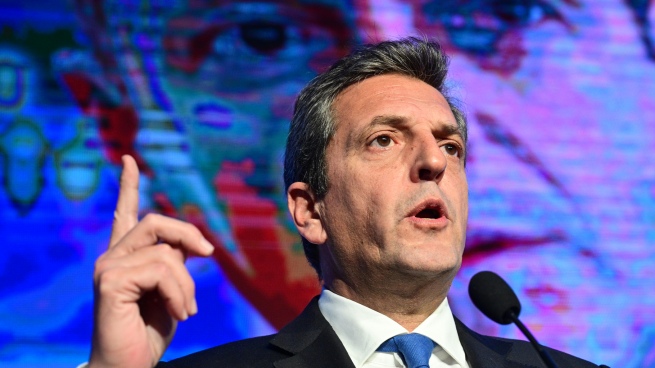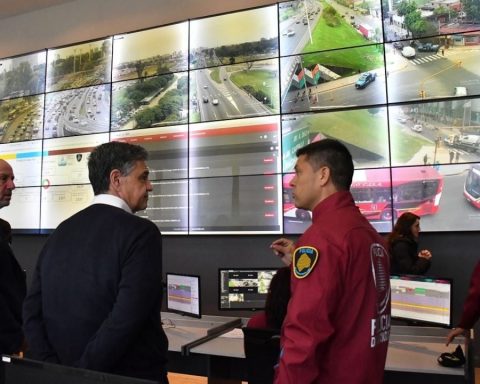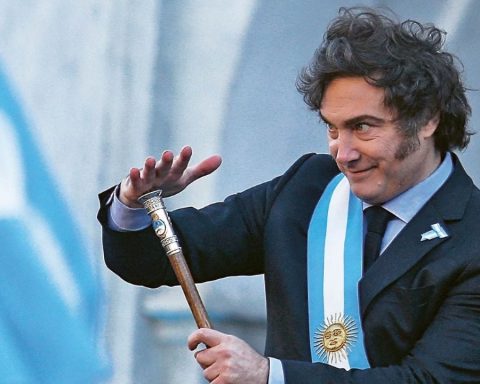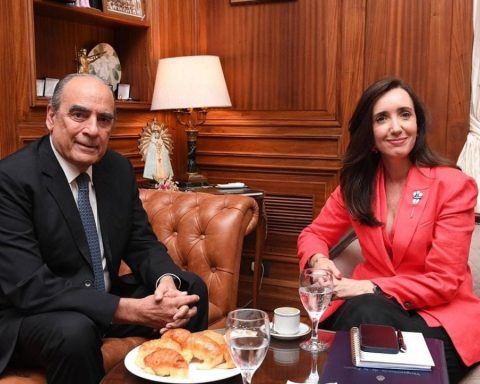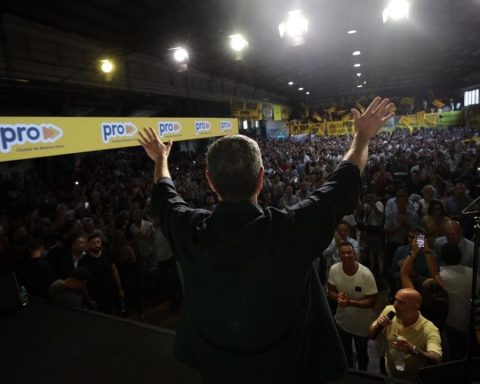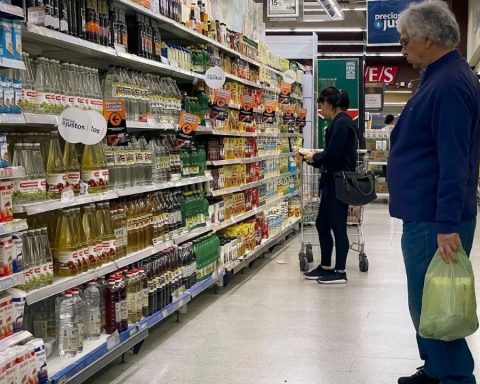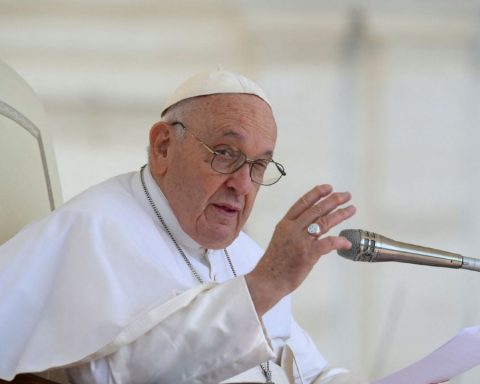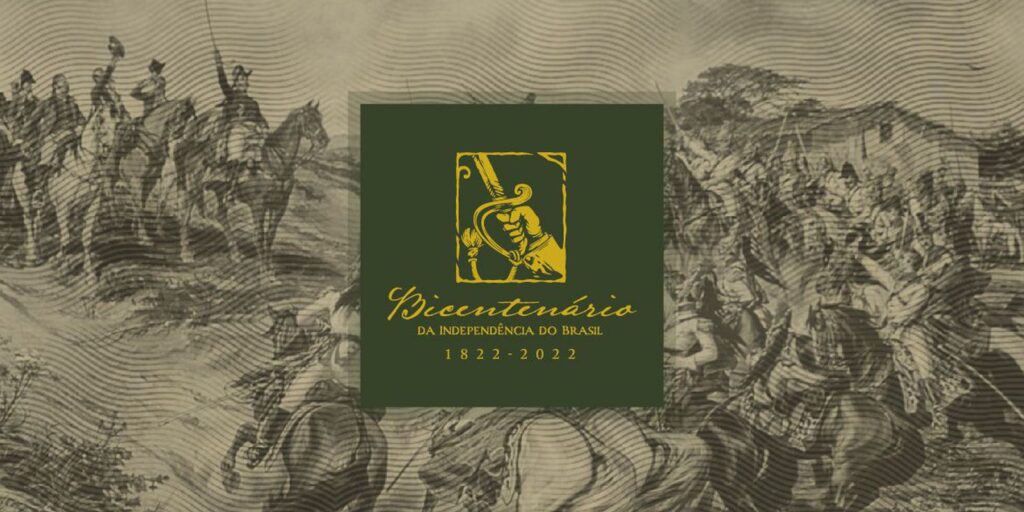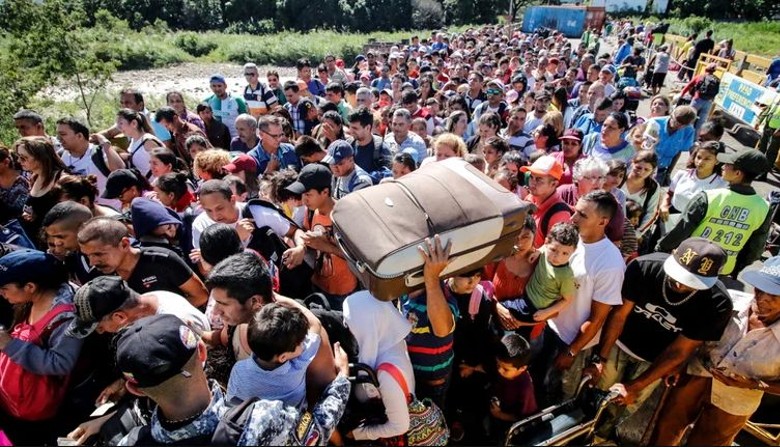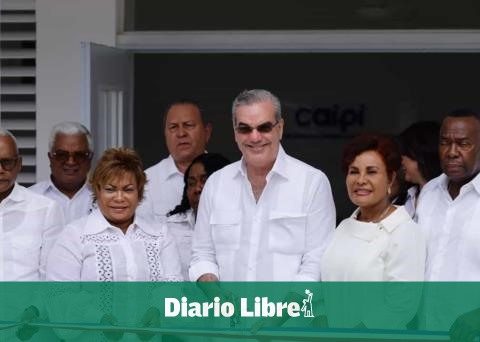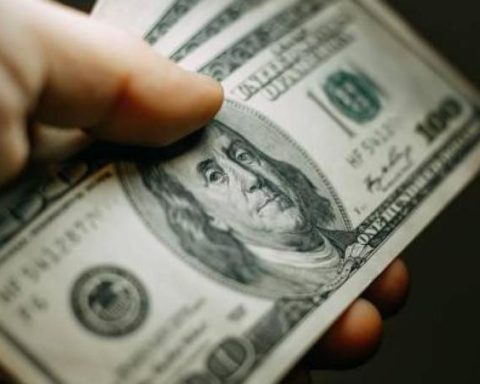The Economy Minister Sergio Massalast details of your agenda in your first US tourwith specific objectives in closing investments in energy, accelerating the payments of dollars from international organizations, advance the program with the IMFlaunch a program to attract more tourists to Argentina and seek a greater commitment from the Joe Biden administration to go to hunt for eventual Argentine evaders who bring their capital to the United States in unreported accounts in the country.
It is an ambitious agenda – it contains several axes, but many of them have the common goal of bringing more foreign currency into the country at a time when reserves are scarce – and Massa does not want to return empty-handed, quite the contrary. That is why he has been perfecting the agenda for several days in order to get the most out of it: although it was initially thought that the tour could start the week that begins, the boreal summer and the Labor Day holiday in the United States got in the way of the minister’s plans, as many of the top officials in Washington are on break.
The Argentine ambassador to the United States, Jorge Argüello, and his international adviser, the career diplomat Gustavo Martínez Pandiani, work in it.
Massa will concentrate its activity in two cities, washington and houstonbetween September 6 and 12, and will travel accompanied by a large retinue which includes the Minister of Tourism, Matías Lammens, who will launch a plan to promote receptive tourism with the United States; the director of the Central Bank Lisandro Cleri; the head of the Indec, Marco Lavagna; the head of advisers to the Ministry of Economy, Leonardo Madcur; the Secretary of Energy, Flavia Royon; the head of Banco Nación, Silvina Batakis; and the presidents of Enarsa, Agustín Gerez, and YPF, Pablo González.

In Washington, Massa will meet with the head of the IMF, Kristalina Georgieva, a meeting that was thought for the beginning of the tour but was reserved for the end, for September 12. He will also meet with the Vice President of World Bank Operations, Axel van Trotsenburg; and with the head of the IDB, Mauricio Claver-Carone.
Tax Information Exchange Agreement
The minister also has meetings on the agenda with the highest authorities of the US Treasury – with whom he will advance in the tax information exchange agreement in the AFIP and the Internal Revenue Service (IRS) to detect irregularities and eventual tax evasion-, with White House officials and with directors of the main companies that are part of the American Chamber of Commerce.
It happens that Argentina already has an agreement in force in this regard, but it is not automatic, and sources consulted by Télam indicated that it seeks to “advance with a greater and more accelerated exchange of information”and that the maximum objective would be to achieve an automatic agreement.
In this regard, it transpired that next week a virtual meeting will be held between officials from the international area of the AFIP and officials from the Treasury area to advance these issues, before Massa’s arrival in the United States.
“A kind of positive streak is seen, with good signs regarding the accumulation of reserves and also with sovereign bonds rising for the fourth consecutive round”Gonzalo Gaviña, financial advisor of Portfolio Personal Inversiones
The same will happen with the IMF: a technical team led by Madcur will meet with the staff of the Fund days before the face-to-face meeting between Massa and Georgieva.
Meetings with the authorities of the lithium and oil mining companies
The agenda with the lithium miners and with the oil companies in Houston is Massa’s favorite main course: investments in the real economy and acceleration of dollars from companies that already operate in the country and have the capacity to expand investments.
Thus, on Friday, September 9, Massa traveled to Houston accompanied by Royon and the presidents of YPF and Enarsa, to meet with executives from the firms Chevron, Exxon, Shell and Total.
He also has scheduled meetings with authorities from the Volkswagen automaker, the Rio Tinto and Livent (lithium) mining firms, and the Amazon group, among other companies.
“The mission aims to consolidate support in the US for the stabilization of the Argentine economy and strengthen reserves through more markets for national exports, more productive investments in strategic sectors such as energy, gas, agribusiness, proteins, knowledge-based services , mining and more foreign exchange income from receptive tourism,” they stressed in the Ministry of Economy.
MASSA ANNOUNCED MEASURES TO INCREASE OIL AND GAS PRODUCTION
The minister detailed investments for USD2.1 billion in Vaca Muerta together with his counterpart from the Interior, @wadodecorridoand the Secretary of Energy, @fgroyon, at the AOG Patagonia 2022 Exhibition. pic.twitter.com/ss6zNXtsE8
– National Ministry of Economy (@Economia_Ar) August 11, 2022
political agenda
Lastly, there will be an interesting political agenda in Washington where Massa will meet with Juan González, adviser to President Joe Biden for Latin America in the National Security Council; and with Amos Hochstein, coordinator of the US president for Infrastructure, Investment and Energy, among others.
The market optimistically took the incorporation of Gabriel Rubinstein as Deputy Minister of Economyas well as the new fiscal measures to lower the deficit.
Thus, the blue dollar reached its lowest level since mid-July, at 292 pesos.

As for reserves, on Friday it completed 12 consecutive rounds of increases in reserves, which totaled some 308 million dollars, although the August account still shows a balance of net sales above 500 million dollars.
The financial adviser of Portfolio Personal Inversiones, Gonzalo Gaviña, stated that “in recent days a kind of positive streak has been seen, with good signs regarding the accumulation of reserves and also with sovereign bonds rising for the fourth consecutive round”, although He clarified that the market expects a “robust” package of measures to be consolidated.
“Clearly a good climate of expectations has been created, with the soybean dollar in its sights, since, if it manages to encourage agriculture to liquidate, it would increase the stock of reserves of the Central Bank”he concluded.
